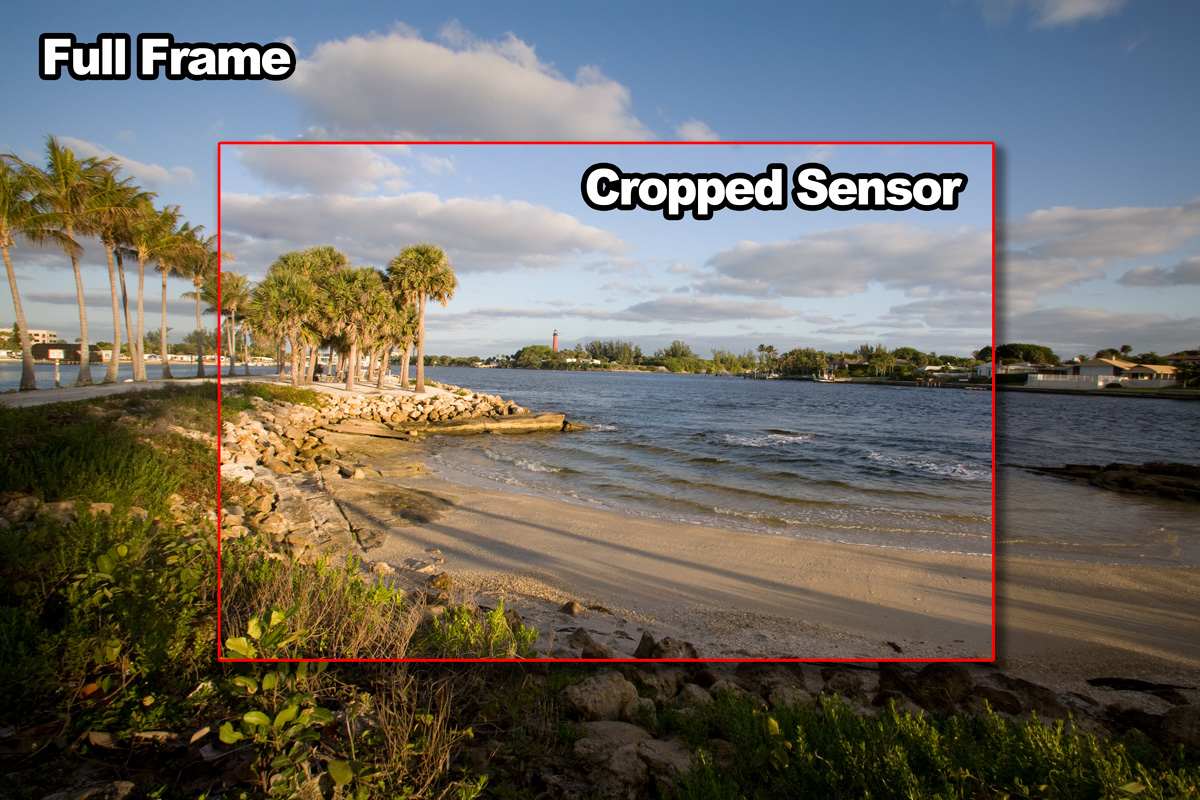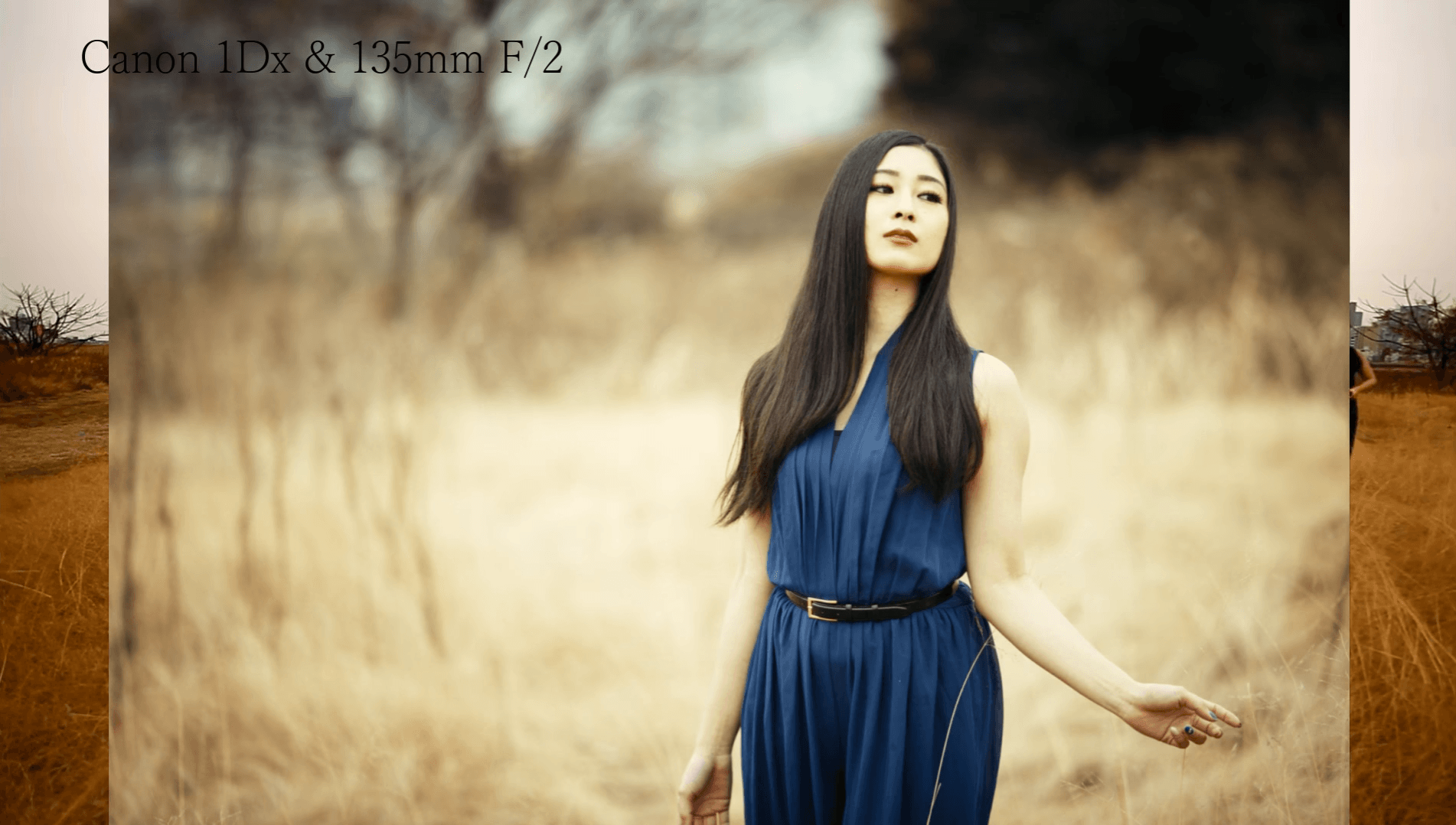
In a depth of field constrained situation, the exposure of the larger sensor will be reduced in proportion to the sensor area, and therefore the read noise SNR will reduce likewise.ĭark current contributes two kinds of noise: dark offset, which is only partly correlated between pixels, and the shot noise associated with dark offset, which is uncorrelated between pixels. In general for a planar structure such as a pixel, capacitance is proportional to area, therefore the read noise scales down with sensor area, as long as pixel area scales with sensor area, and that scaling is performed by uniformly scaling the pixel.Ĭonsidering the signal to noise ratio due to read noise at a given exposure, the signal will scale as the sensor area along with the read noise and therefore read noise SNR will be unaffected by sensor area. The depths of field of the three cameras may be the same, or different in either order, depending on what is held constant in the comparison.Ĭonsidering a picture with the same subject distance and angle of view for two different formats:ĭ O F 2 D O F 1 ≈ d 1 d 2. Three possible depth-of-field comparisons between formats are discussed, applying the formulae derived in the article on depth of field. The format size ratio (relative to the 35 mm film format) is known as the field-of-view crop factor, crop factor, lens factor, focal-length conversion factor, focal-length multiplier, or lens multiplier. This latter effect is known as field-of-view crop. Lenses produced for 35 mm film cameras may mount well on the digital bodies, but the larger image circle of the 35 mm system lens allows unwanted light into the camera body, and the smaller size of the image sensor compared to 35 mm film format results in cropping of the image. Other measures are also used see table of sensor formats and sizes below. Sensor size is often expressed as optical format in inches.

Because the image sensors in many digital cameras are smaller than the 24 mm × 36 mm image area of full-frame 35 mm cameras, a lens of a given focal length gives a narrower field of view in such cameras.

The image sensor format of a digital camera determines the angle of view of a particular lens when used with a particular sensor. In digital photography, the image sensor format is the shape and size of the image sensor. For broader coverage of this topic, see Image sensor.


 0 kommentar(er)
0 kommentar(er)
